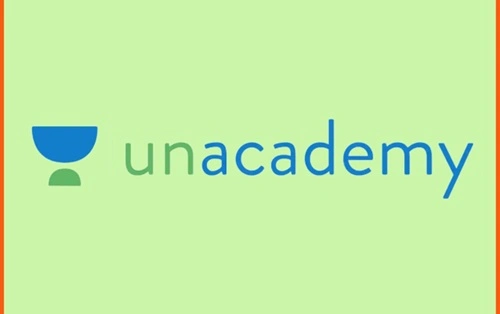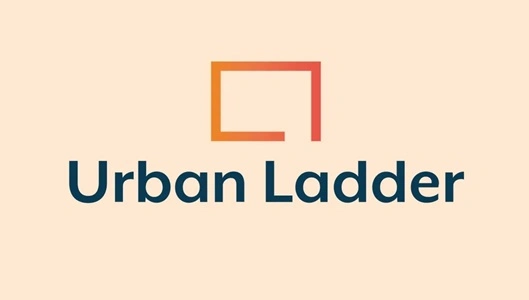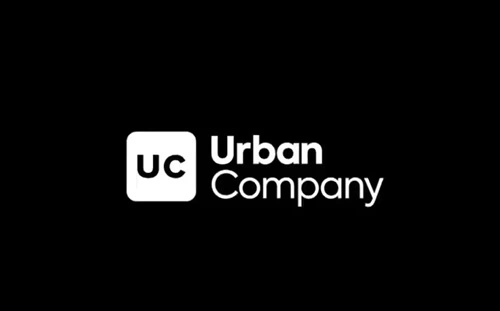Unacademy is quite literally among the most famous, most preferred, and biggest e-learning platforms where millions of people study every single year. But is it just the study side of things that they make money from, like those courses and all that? Or is there anything else that contributes to their total revenue? If you’re somehow intrigued about that, then just keep on reading because we’re here to talk about the Unacademy business model, like how it makes money and in what ways.

| Company/Brand | Unacademy |
| Establishment Year | 2015 |
| Headquarters | Bengaluru (Bangalore), Karnataka, India |
| Founder/Owner | Gaurav Munjal, Hemesh Singh, Roman Saini |
| Industry | Education Technology (Edtech) |
| Number of Employees | Below 3,000 (as of mid-2024) |
| Net Worth (Valuation) | Approximately US$3.44 billion (May 2022) |
| Total Revenue in 2024 | Approximately ₹988.4 crore |
How Unacademy Started & Evolved
Unacademy came into existence when its maker posted a straightforward tutorial video on YouTube. The surprising reaction was what made the actual service to be launched in 2015 as a complete platform for learning. And quite literally, the rest is history, like it became one of the biggest online learning platforms in the entire country. Unacademy grew through the years by buying off different small exam-prep startups and opening new categories for the competitive exams, languages, and formats.
The firm has gone offline fairly recently by opening some physical coaching centers in Kota, Delhi, and Bengaluru. However, they are quite fortunate that the company has not shifted entirely away from their online model, and they are operating both modes simultaneously. The hybrid strategy that they use is beneficial because it provides them with the opportunity to connect with more students and, at the same time, maintain their adaptability, which has become increasingly necessary as the growth of the online segment has slowed down a little after the pandemic.
How Unacademy Makes Money
1. Online Subscriptions (Standard Plans)
It constitutes the major part of the revenue, no two ways about that! In order to gain access to live classes, recorded lessons, test series, and doubt-clearing sessions for exams like JEE, NEET, and UPSC, students make the payment. Subscriptions are available for different time periods like monthly, half-yearly, or yearly, and there is a greater discount for a longer duration of the subscription. That’s how it usually goes.
2. Premium Tier Subscriptions (Plus & Iconic Plans)
These plans are more expensive but provide additional perks such as one-on-one guidance, in-depth performance analytics, and the ability to access a few selected offline centers. These upper levels not only enable Unacademy to generate more revenue per user but also help them to offer the necessary support to the actual long-term committed learners.
3. Offline Coaching Centres
Unacademy’s learning centers in big cities have a location-based fee along with the registration fees. The courses are charged at a rate higher than online ones; however, a majority of them have online access as well. This combination has been able to quickly become one of the highest sources of revenue for Unacademy.
4. Crash Courses and Test Series
Apart from comprehensive plans, Unacademy also offers short-term “crash” batches and mock test packages. These become quite popular around the time of exams, thus contributing significantly to the overall income.
5. Graphy and Creator-Focused Platforms
Unacademy owns Graphy, which is a platform where teachers and content creators can set up courses and sell content directly to users. Unacademy is the one that charges the platform fees and takes a certain percentage of the creator’s sales. This is a way to add a consistent revenue stream from the professional side and the instructors.
6. Other Sources
Other than these, there are smaller earnings that are the result of referral programs, brand partnerships, and promotional tie-ups. If students refer others, they both get benefits, and Unacademy makes a new paying user.
Cost Structure
The costs of Unacademy include payments to teachers, the upkeep of the app and website, content creation, marketing, and employee salaries. Offline centers have further expenses, such as rent, infrastructure, and operations. Unacademy in FY24 was very much into cost-cutting measures, and as a result, it reduced its ad spend and employee benefits to decrease its losses by a big margin.
Competition & Market Position
The platform is in a tough competition with Byju’s (Aakash), Vedantu, Physics Wallah, and local coaching chains. Although Unacademy’s hybrid model and wide course library enable it to have a large customer base, the profit per student is still very low. Moreover, the expansion of the offline branch is accompanied by operational risks.
Financial Snapshot (FY24)
Unacademy’s total revenue was ₹988.4 crore, which is about 5.3% less than ₹1,044 crore in FY23. Core operating revenue was ₹839.8 crore, and it decreased by 7%. But net losses decreased by 62% to ₹631 crore after significant cost reductions. The firm is targeting to lower its cash burn to less than ₹200 crore by 2025. Approximately 70% of offline centers will be able to make a profit in the near future.



